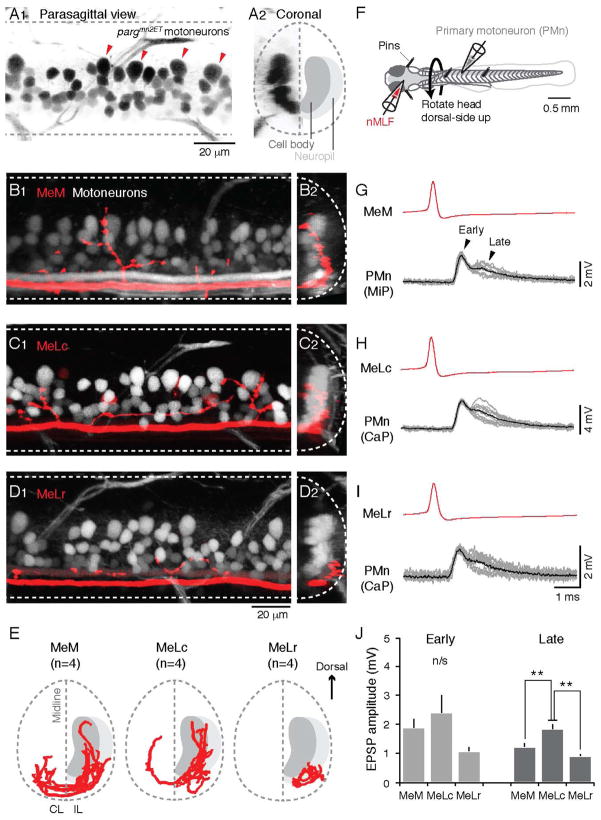Figure 2. Identified nMLF Neurons Connect to Spinal Motoneurons.
(A) Images of the spinal cord of a pargmn2ET zebrafish larva, in which GFP is expressed in spinal motoneurons, from the side (A1) and in cross-section (A2). In A1, the four large, dorsally-located primary motoneurons (PMns) in one body segment are marked by red arrowheads. In A2, the schematic on the right half demarcates the locations of motoneuron cell bodies and neuropil. Dashed lines indicate the boundary of spinal cord and midline.
(B–D) Confocal Z-stacks of spinal axon collaterals of nMLF neurons (in red) and axial motoneurons (in white) in pargmn2Et zebrafish larvae. Images are from the side (B1–D1) and in cross section (B2–D2). The depth of the Z-stacks is ~20 μm in B1–D1. The cross-sectional images in B2–D2 represent a collapsed view from one body segment (~80–90 μm).
(E) Coronal view of reconstructed axon collaterals from MeM, MeLc, and MeLr neurons registered to anatomical landmarks (n = 4 for each cell type), with the cell body and neuropil layers marked as in A2. IL, ipsilateral; CL, contralateral.
(F) Schematic showing the preparation for paired-whole cell patch clamp recordings from nMLF neurons and spinal motoneurons.
(G–I) Example traces from paired recordings from the MeM (G), MeLc (H) and MeLr (I) and a PMn. Individual evoked EPSPs from each pair (gray lines, n = 10 per pair) and an averaged waveform (black line) are temporally aligned to the peak of nMLF action potentials (red, averaged waveform).
(J) Peak amplitude of the early and later components of evoked EPSPs in the PMns. Double asterisks indicate significance (Mann-Whitney U-test with Bonferroni corrections for multiple comparisons, p<0.05). n/s = not significant. Here and elsewhere, data are reported as mean +/− SEM.

